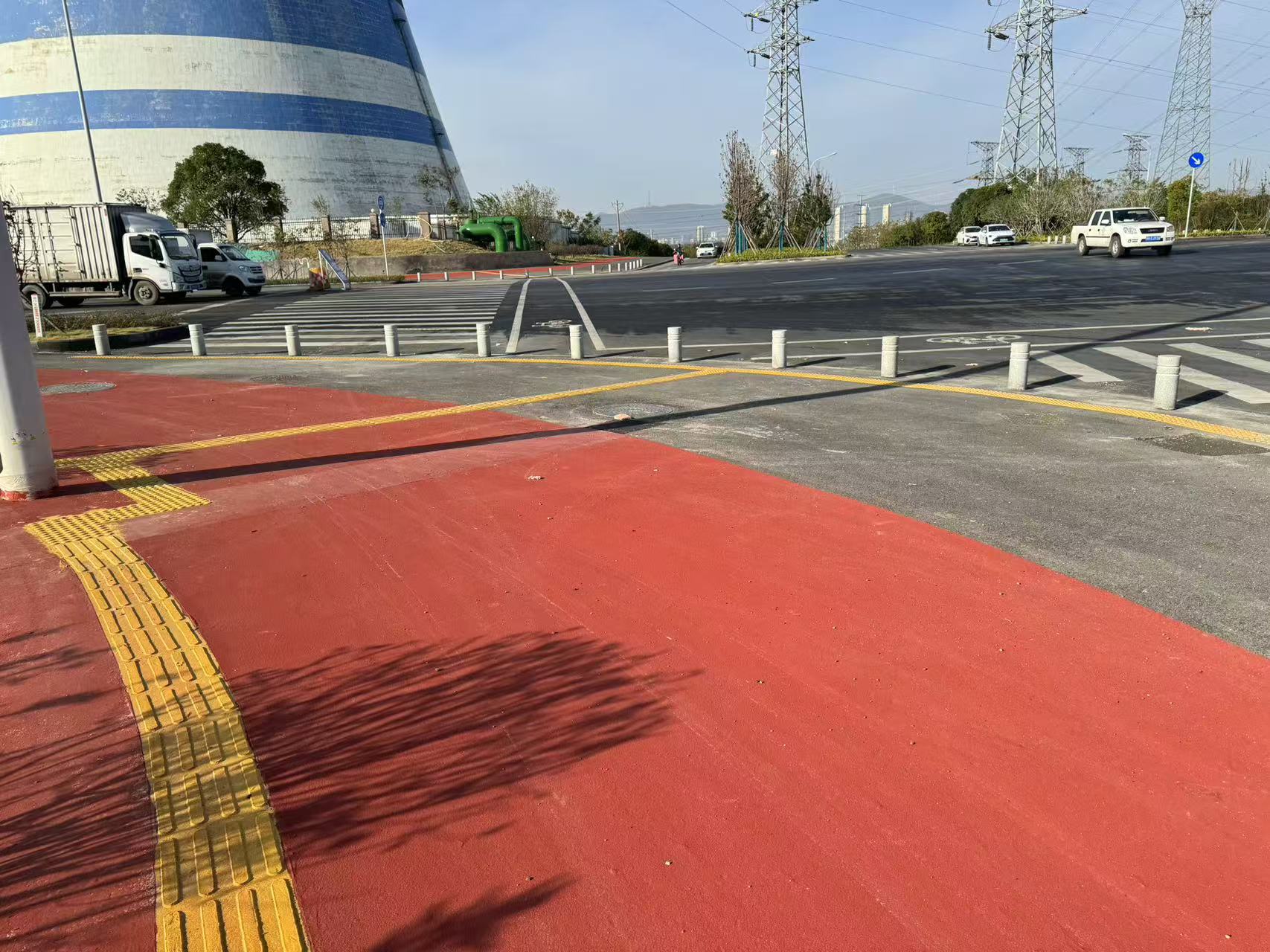



Title: Engineering Water-Based Polymer Anti-Slip Pavements
Abstract:
In the realm of modern urban infrastructure, the significance of creating safe and sustainable road surfaces cannot be overstated. Water-based polymer anti-slip pavements have emerged as a leading solution, offering a combination of environmental friendliness, durability, and enhanced traction. This article delves into the engineering aspects of water-based polymer anti-slip pavements, exploring their composition, application processes, benefits, and challenges associated with their implementation.

Introduction:
Water-based polymer anti-slip pavements represent a significant advancement in road surface technology. These pavements utilize water-soluble polymers as binders, combined with aggregates and anti-slip additives, to create a surface that is both resilient and slip-resistant. The use of water-based polymers rather than solvent-based systems minimizes environmental impact, making them a preferred choice for eco-conscious urban planners and engineers.
Composition and Materials:
Water-based polymer pavements consist primarily of:
Water-Soluble Polymers: These polymers act as the binder, holding the aggregates together and forming a cohesive surface. Common polymers include acrylics, vinyl acetates, and polyurethanes, chosen for their durability and cure properties.
Aggregates: These can range from fine sands to coarse gravels, influencing the texture and strength of the pavement. Anti-slip additives, such as alumina trihydrate or silicon carbide, are often incorporated to enhance traction.
Additives: Pigments for color, UV stabilizers for weather resistance, and other modifiers may be added to tailor the pavement's properties to specific requirements.
Application Processes:
The installation of water-based polymer anti-slip pavements involves several key steps:
Preparation: The substrate must be clean, dry, and free of contaminants. Any cracks, holes, or irregularities should be repaired to ensure a smooth application.
Mixing: The water-based polymer, aggregates, and additives are mixed in a controlled environment to achieve a uniform consistency.
Application: The mixture is applied to the prepared surface using various techniques, such as spray, roller, or trowel application. The application method and thickness are tailored to the specific project requirements.
Curing: The pavement is allowed to cure, typically under ambient conditions or with the assistance of UV light, forming a durable and cohesive surface.
Benefits:
Water-based polymer anti-slip pavements offer a multitude of advantages:
Challenges and Considerations:
Despite their benefits, water-based polymer pavements present some challenges:
Innovations and Future Directions:
Ongoing research and development are focused on improving the performance and reducing the cost of water-based polymer pavements. Innovations in polymer chemistry, aggregate technology, and application methodologies are driving advancements in durability, environmental friendliness, and aesthetic versatility.
Conclusion:
Water-based polymer anti-slip pavements represent a forward-thinking approach to urban infrastructure development. Their combination of environmental sustainability, durability, and safety makes them a valuable asset in creating safer, more beautiful urban environments. As technology advances, these pavements will continue to evolve, offering even greater benefits and efficiency in urban planning and engineering.
By embracing water-based polymer pavements, cities can pave the way for a safer, more sustainable future, ensuring that every step taken on these surfaces contributes to a better, more connected urban landscape.
contact
Be the first to know about our new product launches, latest blog posts and more. Chinese brand Kunjie Materials Company is an environmentally friendly enterprise that provides colored anti-skid pavement, ceramic particle anti-skid pavement, water-based polymer colored pavement, pe...
Chinese brand Kunjie Materials Company is an environmentally friendly enterprise that provides colored anti-skid pavement, ceramic particle anti-skid pavement, water-based polymer colored pavement, pe... Any question or request?
Click below, we’ll be happy to assist. contact